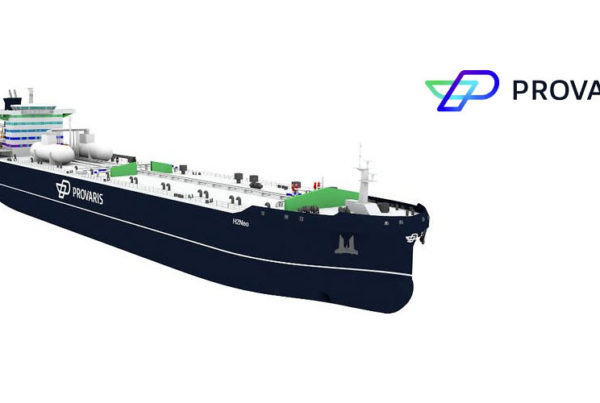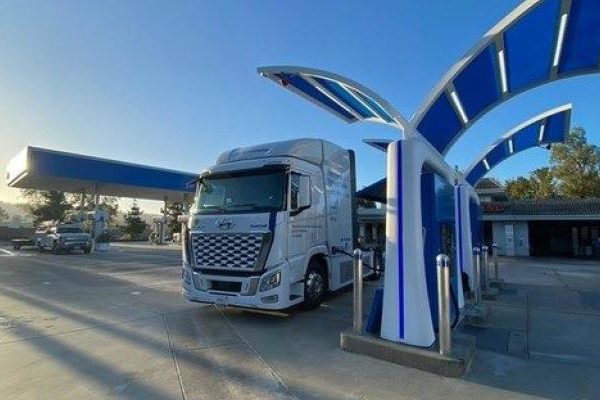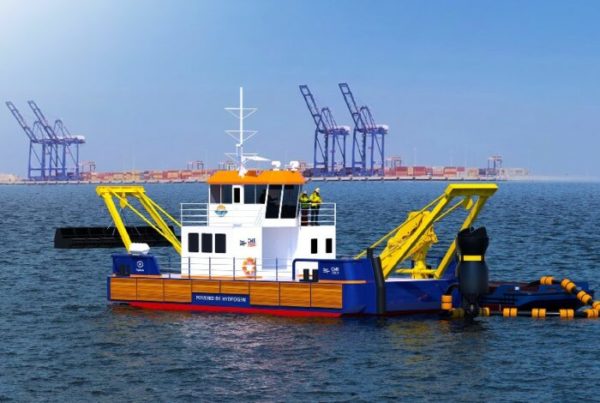
If hydrogen is to replace natural gas in green industrial applications, it must be both renewable and transportable. Is a big piece of the jigsaw already in place?
If hydrogen is to replace natural gas to help decarbonise real world processes, it must be both renewable and transportable. What if existing natural gas pipes could connect new renewable hydrogen production facilities to end-use destinations?
ARENA is helping fund a new study to examine the feasibility of doing just that.
The existing gas pipeline, owned by infrastructure business APA Group (APA) is in Western Australia. It delivers natural gas for ammonia production at Wesfarmers Chemicals, Energy and Fertilisers (WesCEF) plant at the Kwinana Industrial Area south of Perth.
WesCEF currently uses natural gas both as a fuel and a feedstock in its ammonia manufacturing process.
ARENA is providing $1.3 million to the two companies to conduct the $3.5 million Parmelia Green Hydrogen Project – Feasibility Study.
The study will help investigate the development of a large-scale renewable hydrogen production facility south of Kwinana. A 43-kilometre section of APA’s existing Parmelia Gas Pipeline would then transport the renewable hydrogen north. The hydrogen would replace natural gas as a fuel at the ammonia production site.
APA has already carried out laboratory testing of Parmelia Gas Pipeline materials in a pressurised hydrogen environment. Those tests confirmed it is technically feasible, safe and efficient to operate the pipeline section with 100 per cent hydrogen.
ARENA CEO Darren Miller said decarbonisation of industrial activity is critical to achieving Australia’s 2030 and 2050 net zero targets.
“Renewable hydrogen will be vital to cutting emissions in heavy industries like ammonia production. It will also be hugely important in industrial centres like Kwinana,” Mr Miller said.
“This feasibility study will tell us more about what it takes to develop a renewable hydrogen industry in Western Australia and ARENA will play an active role in sharing those lessons with the market.”
Renewable hydrogen and ammonia
Industrial processes such as oil refining, steelmaking and ammonia production all use hydrogen extensively.
But ammonia, a key ingredient for fertiliser, explosives and many other chemicals, is by far the greatest consumer. It accounts for between 70 to 80 per cent of all industrial hydrogen use. It also emits some 500 million tonnes of CO2 each year, or 1.8 per cent of global emissions.
Today, around 98 per cent of the world’s industrial hydrogen production relies on fossil fuels.
The most common, and cheapest form of hydrogen production uses a process called steam methane reforming. Methane, the primary component of natural gas, reacts with high pressure steam to produce hydrogen plus CO2.
Renewable hydrogen is derived through a different process called electrolysis. Put simply, an electrical current splits ordinary water into its molecular elements, hydrogen and oxygen.
While electrolysis is an energy intensive process, when powered by renewable energy it creates emissions-free hydrogen. That, in turn, could manufacture 100 per cent renewable ammonia.
APA CEO and Managing Director Adam Watson said: “This funding contribution from ARENA will support the next stage of this exciting project, which will play an important role in supporting the decarbonisation ambitions of industry.”
WesCEF Managing Director Ian Hansen said: “We are pleased to continue our collaboration with APA in this exciting project to explore the application of existing infrastructure to support the journey to Net Zero.”
Since 2017, ARENA has committed over $315 million to 48 renewable hydrogen projects spanning early-stage research through to first-of-a-kind deployments including hydrogen refuelling and hydrogen trucks, hydrogen for producing renewable ammonia, hydrogen for use in alumina refining and remote power.
In October, ARENA opened applications for the $2 billion Hydrogen Headstart program, which aims to support renewable hydrogen production by bridging the gap between the cost of producing renewable hydrogen and the market price.
SOURCE: ARENAWIRE
Read the most up to date Fuel Cell and Hydrogen Industry news at FuelCellsWorks




